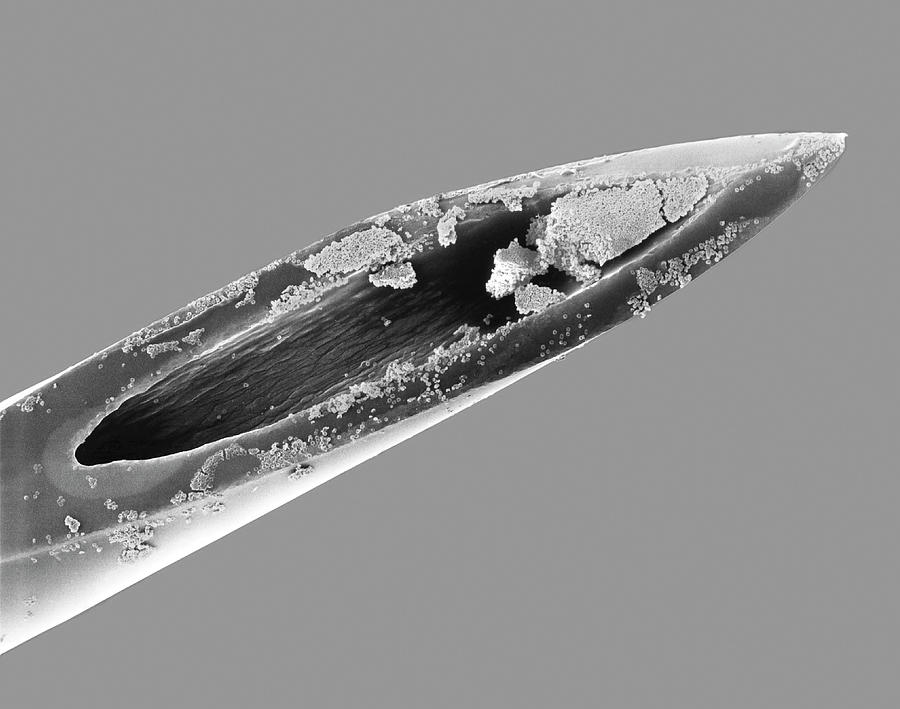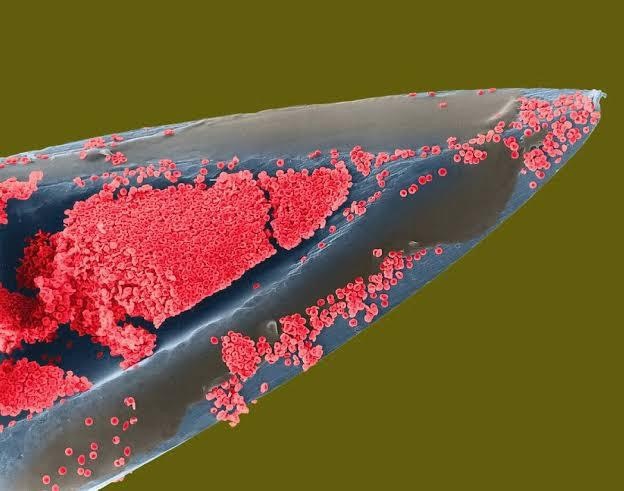this post was submitted on 14 Jan 2025
825 points (100.0% liked)
pics
19956 readers
1098 users here now
Rules:
1.. Please mark original photos with [OC] in the title if you're the photographer
2..Pictures containing a politician from any country or planet are prohibited, this is a community voted on rule.
3.. Image must be a photograph, no AI or digital art.
4.. No NSFW/Cosplay/Spam/Trolling images.
5.. Be civil. No racism or bigotry.
Photo of the Week Rule(s):
1.. On Fridays, the most upvoted original, marked [OC], photo posted between Friday and Thursday will be the next week's banner and featured photo.
2.. The weekly photos will be saved for an end of the year run off.
Instance-wide rules always apply. https://mastodon.world/about
founded 2 years ago
MODERATORS
you are viewing a single comment's thread
view the rest of the comments
view the rest of the comments



I'm assuming if the syringe was wet before being placed in the microscope, the vacuum of the chamber would cause most of the water in the plasma to vaporize. The remaining salts and compounds would be much smaller than the red blood cells. The density of the red blood cells would be much larger than any remaining plasma, so the bulk of your backscattered electrons will be coming from the cells and needle, making the plasma essentially transparent. This is a fairly low magnification image for SEM, but that's how you get such fantastic depth of field.
I didn't know electron microscopes use a vacuum chamber.